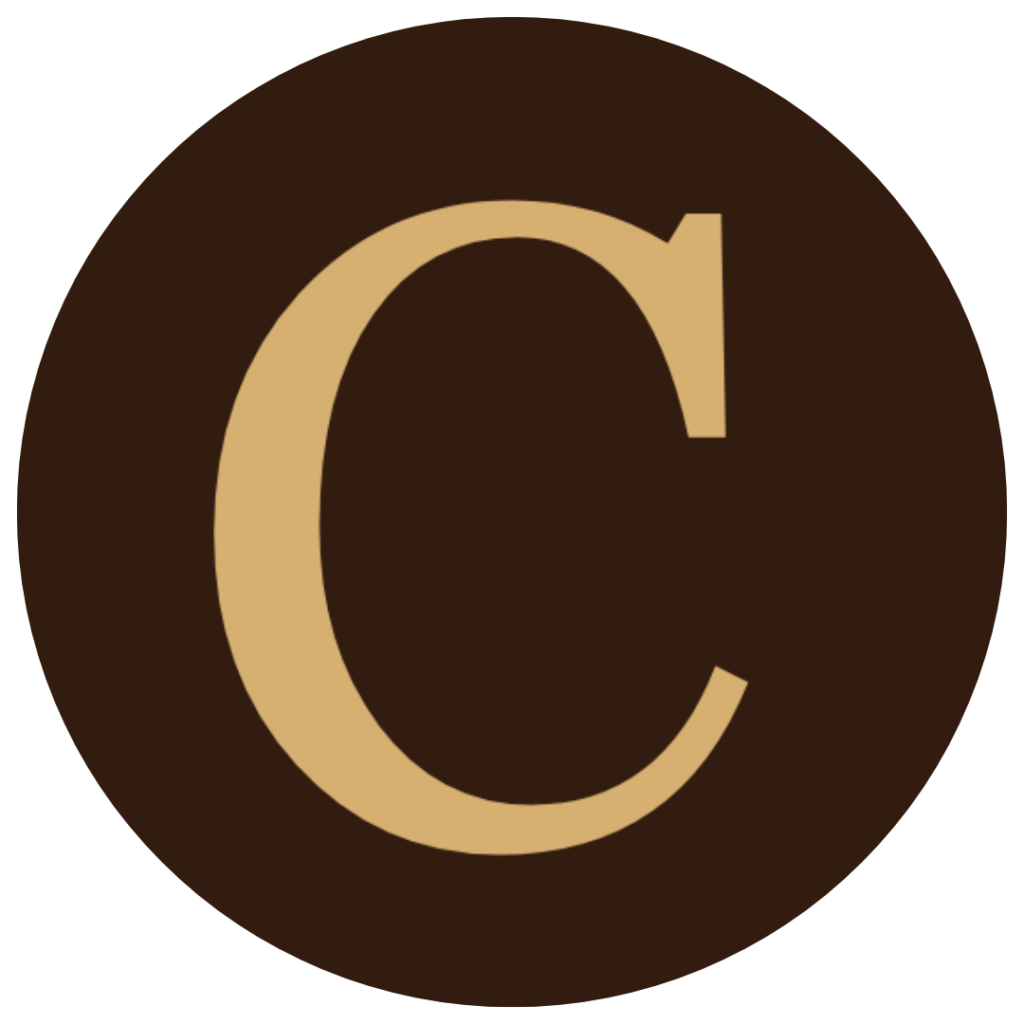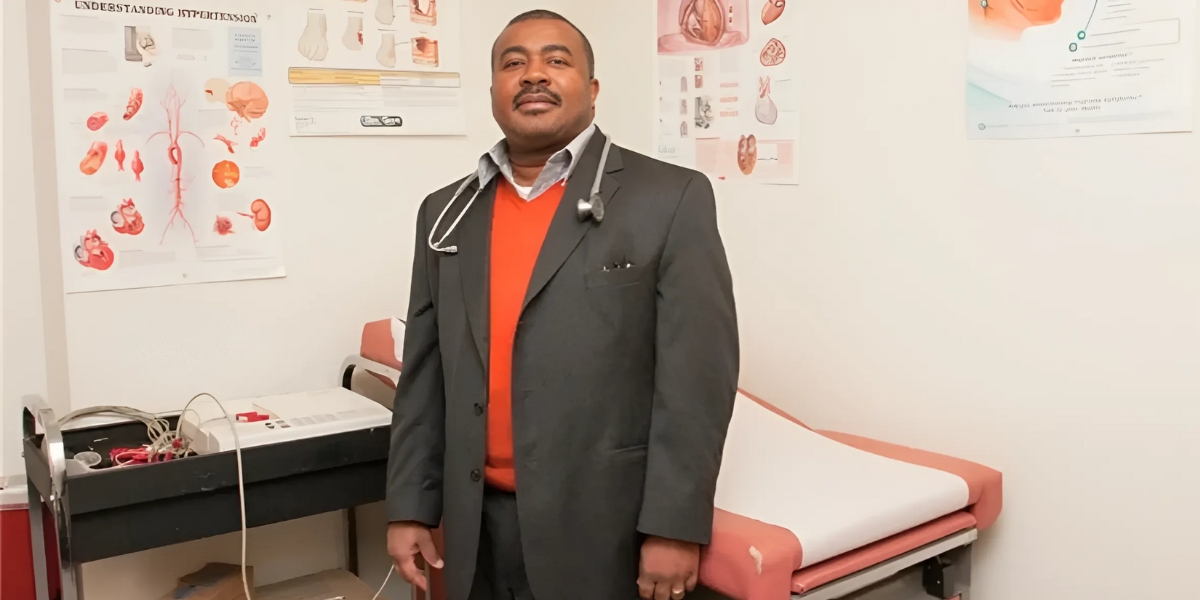Including foreign languages, hobbies, and interests in the optional sections of a resume can make it more personal and memorable. It also helps show a well-rounded picture of a candidate.
For an academic CV, include all research projects you’ve participated in—including those in which you were a research assistant or other aide. Describe each project in reverse chronological order, with the name of the institution, position, and dates.
1. Education
Regardless of the academic CV you choose to write, it should include a section listing your educational background. This includes the degree you earned (in reverse chronological order) and the name of the school. Creating an effective resume is a crucial step in the job application process, and having access to the best resume examples can make a significant difference.
This section should also include professional and institutional positions held, as well as research experience. For each entry, provide the position title, institution, department, and dates worked. Include a brief description of your responsibilities and duties for each.
2. Experience
Depending on the field, academic CVs may include sections for standardized test scores, advanced placement and honors courses, awards and activities, talent and special skills, and foreign languages. This section shows the breadth of the student’s experience, and colleges want to see that students have a well-rounded background and a depth of involvement in their academic endeavors.
This section should list your publications in reverse chronological order. If you have many of them, you might want to separate them into two sections: Peer-reviewed and other publications.
3. Research
Unlike resumes, academic CVs include sections for research projects and other accomplishments. This section can help entice admissions commission members to continue reading your application.
Include your major and GPA in this section and any notable honors or awards you have received. You can also list relevant conference presentations or publications. If you have worked as a teaching assistant or researcher, this is also an important point to mention.
This section should include a chronological (not alphabetical) list of any books, monographs, research reports, pamphlets and journal articles you have written or co-authored.
4. Teaching
Whether they’re applying for graduate school or looking to land a teaching job, students should always keep a well-polished resume on hand. They can use it for everything from college admissions to scholarships and internship applications.
Start the academic CV with a summary of your qualifications, skills and career objectives. Then, list your educational experience in reverse chronological order. Include the university name, city, degree earned, and the field of study for each entry.
5. Accomplishments
An academic resume needs to show the depth of your educational accomplishments, not just a summary of courses. Showcase your standardized test scores, Advanced Placement and Honours courses, talents such as writing and musical performance, and activities like being editor of your college paper or being elected to your sorority. Describe all scholarships you’ve won, listing the name of the award, the conferring university, and the cash value.
List research projects that you’ve worked on, even if the role was small or short-term. This shows your ability to delve into topics and contribute to the advancement of knowledge in your field. If the research led to a presentation or publication, include those as well. Honors and awards also should be included. This could include the summa cum laude graduation honors you received or official recognition of your outstanding grades.









